Events
The Sustainable and Resilient Communities (SRC) team will host the 2nd Annual Connecticut Regional Funding Workshop on Monday, March 31, 2025 from 10:00 am – 2:30 pm in New Haven, CT to provide information on funding opportunities to support sustainability and resilience-focused projects. The event is free, and lunch will be provided.
Date: Monday, March 31, 2025
Time: 10:00 am – 2:30 pm (lunch will be provided)
Location: Canal Dock Boathouse, 475 Long Wharf Dr, New Haven, CT 06511
Registration is required by March 26th
Attendees will hear from program officers representing various local, state, and regional funding organizations and be able to engage in discussions with funders to explore project ideas and ways to improve funding applications. Attendees will also hear from a panel of successful awardees about their experiences and strategies. The workshop is intended for municipal officials and staff, nonprofits, community organizations, and other groups interested in planning and implementing projects that advance the sustainability and resilience of Long Island Sound communities.
Featured Funding & Assistance Opportunities
Events
The Sustainable and Resilient Communities (SRC) team will host the 2nd Annual Connecticut Regional Funding Workshop on Monday, March 31, 2025 from 10:00 am – 2:30 pm in New Haven, CT to provide information on funding opportunities to support sustainability and resilience-focused projects. The event is free, and lunch will be provided.
Date: Monday, March 31, 2025
Time: 10:00 am – 2:30 pm (lunch will be provided)
Location: Canal Dock Boathouse, 475 Long Wharf Dr, New Haven, CT 06511
Registration is required by March 26th
Attendees will hear from program officers representing various local, state, and regional funding organizations and be able to engage in discussions with funders to explore project ideas and ways to improve funding applications. Attendees will also hear from a panel of successful awardees about their experiences and strategies. The workshop is intended for municipal officials and staff, nonprofits, community organizations, and other groups interested in planning and implementing projects that advance the sustainability and resilience of Long Island Sound communities.
Featured Funding & Assistance Opportunities
Events
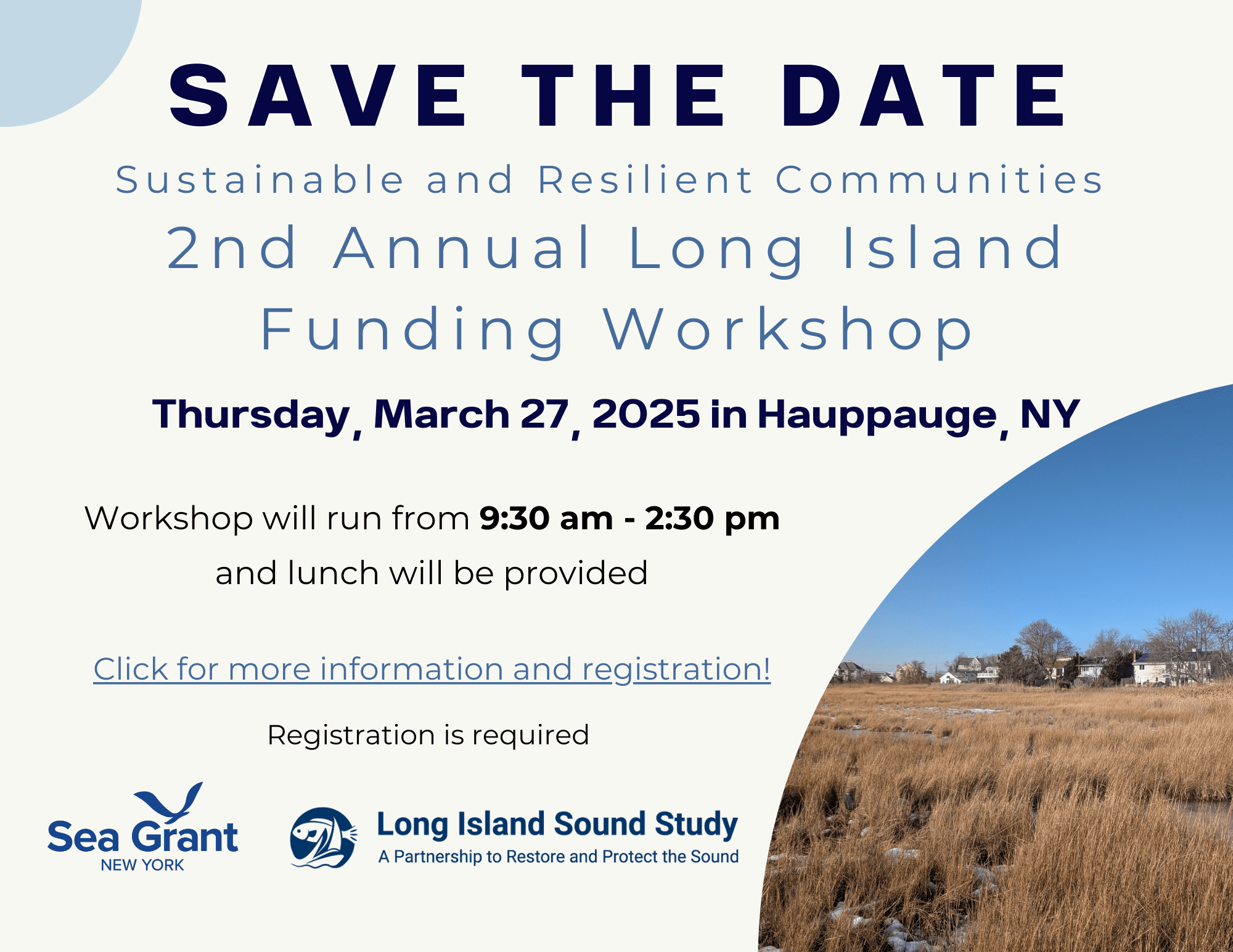
The Sustainable and Resilient Communities (SRC) team will host the 2nd Annual Long Island Regional Funding Workshop to provide information on funding opportunities to support sustainability and resilience projects. The event is free and lunch will be provided.
Date: Thursday, March 27, 2025
Time: 9:30AM – 2:30PM (lunch will be provided)
Location: Hyatt Regency Long Island (1717 Motor Parkway Hauppauge, NY 11788)
Registration is required by March 21st
Attendees will hear from program officers representing various local, state, and Long Island Sound funding organizations and be able to engage in discussions with funders to explore project ideas and ways to improve funding applications. Attendees will also hear from a panel of successful awardees about their experiences and strategies. The workshop is intended for municipal officials and staff, nonprofits, community organizations, and other interested parties.
Featured Funding Opportunities
Email lisresilience@gmail.com with questions.
View the resources and recording from last year’s Long Island Funding Workshop, held on March 28, 2024.
Events

The Sustainable and Resilient Communities (SRC) team will host the 2nd Annual Long Island Regional Funding Workshop to provide information on funding opportunities to support sustainability and resilience projects. The event is free and lunch will be provided.
Date: Thursday, March 27, 2025
Time: 9:30AM – 2:30PM (lunch will be provided)
Location: Hyatt Regency Long Island (1717 Motor Parkway Hauppauge, NY 11788)
Registration is required by March 21st
Attendees will hear from program officers representing various local, state, and Long Island Sound funding organizations and be able to engage in discussions with funders to explore project ideas and ways to improve funding applications. Attendees will also hear from a panel of successful awardees about their experiences and strategies. The workshop is intended for municipal officials and staff, nonprofits, community organizations, and other interested parties.
Featured Funding Opportunities
Email lisresilience@gmail.com with questions.
View the resources and recording from last year’s Long Island Funding Workshop, held on March 28, 2024.
Training
This field trip was part of a Community Resilience Project Showcase leading up to the 2024 Annual SRC Workshop.
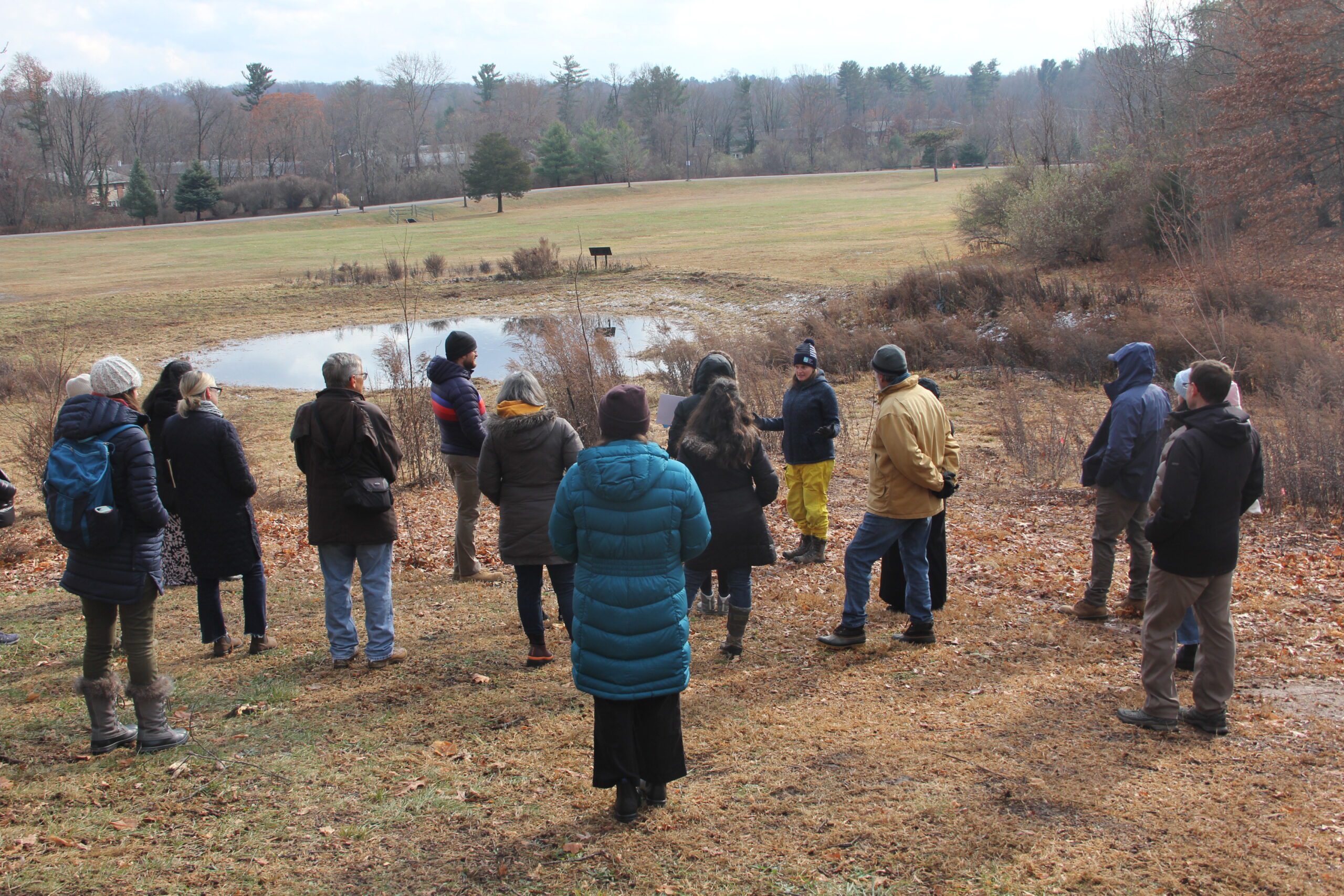 On December 5, 2024, the Sustainable and Resilient Communities (SRC) team of the Long Island Sound Study hosted a field trip featuring the Town of Hamden’s Bioretention Project – the largest municipally owned rain garden in the state! Participants began with a guided tour of the rain garden and bioretention areas at Town Center Park, where they heard from project planners and managers about its history, partnerships, challenges, and maintenance. Following this, participants gathered at the Hamden Government Center for a working lunch and presentations on topics including UConn’s Stormwater Corps, native plants, project engineering, and using nature-based solutions to advance climate resilience goals. The day concluded with a lively group discussion. Special thanks to our partners with the Town of Hamden, Save the Sound, the Hamden Land Trust, and UConn Extension.
On December 5, 2024, the Sustainable and Resilient Communities (SRC) team of the Long Island Sound Study hosted a field trip featuring the Town of Hamden’s Bioretention Project – the largest municipally owned rain garden in the state! Participants began with a guided tour of the rain garden and bioretention areas at Town Center Park, where they heard from project planners and managers about its history, partnerships, challenges, and maintenance. Following this, participants gathered at the Hamden Government Center for a working lunch and presentations on topics including UConn’s Stormwater Corps, native plants, project engineering, and using nature-based solutions to advance climate resilience goals. The day concluded with a lively group discussion. Special thanks to our partners with the Town of Hamden, Save the Sound, the Hamden Land Trust, and UConn Extension.
Photo credit: Judy Benson
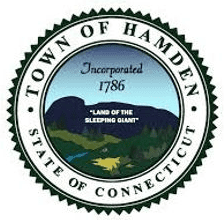



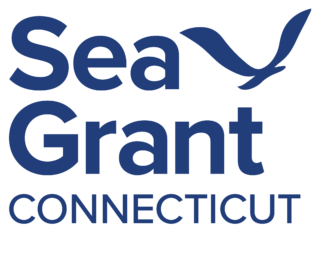
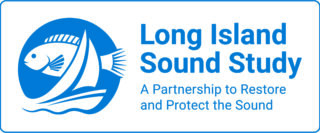
Training
This field trip was part of a Community Resilience Project Showcase leading up to the 2024 Annual SRC Workshop.
 On December 5, 2024, the Sustainable and Resilient Communities (SRC) team of the Long Island Sound Study hosted a field trip featuring the Town of Hamden’s Bioretention Project – the largest municipally owned rain garden in the state! Participants began with a guided tour of the rain garden and bioretention areas at Town Center Park, where they heard from project planners and managers about its history, partnerships, challenges, and maintenance. Following this, participants gathered at the Hamden Government Center for a working lunch and presentations on topics including UConn’s Stormwater Corps, native plants, project engineering, and using nature-based solutions to advance climate resilience goals. The day concluded with a lively group discussion. Special thanks to our partners with the Town of Hamden, Save the Sound, the Hamden Land Trust, and UConn Extension.
On December 5, 2024, the Sustainable and Resilient Communities (SRC) team of the Long Island Sound Study hosted a field trip featuring the Town of Hamden’s Bioretention Project – the largest municipally owned rain garden in the state! Participants began with a guided tour of the rain garden and bioretention areas at Town Center Park, where they heard from project planners and managers about its history, partnerships, challenges, and maintenance. Following this, participants gathered at the Hamden Government Center for a working lunch and presentations on topics including UConn’s Stormwater Corps, native plants, project engineering, and using nature-based solutions to advance climate resilience goals. The day concluded with a lively group discussion. Special thanks to our partners with the Town of Hamden, Save the Sound, the Hamden Land Trust, and UConn Extension.
Photo credit: Judy Benson






Training
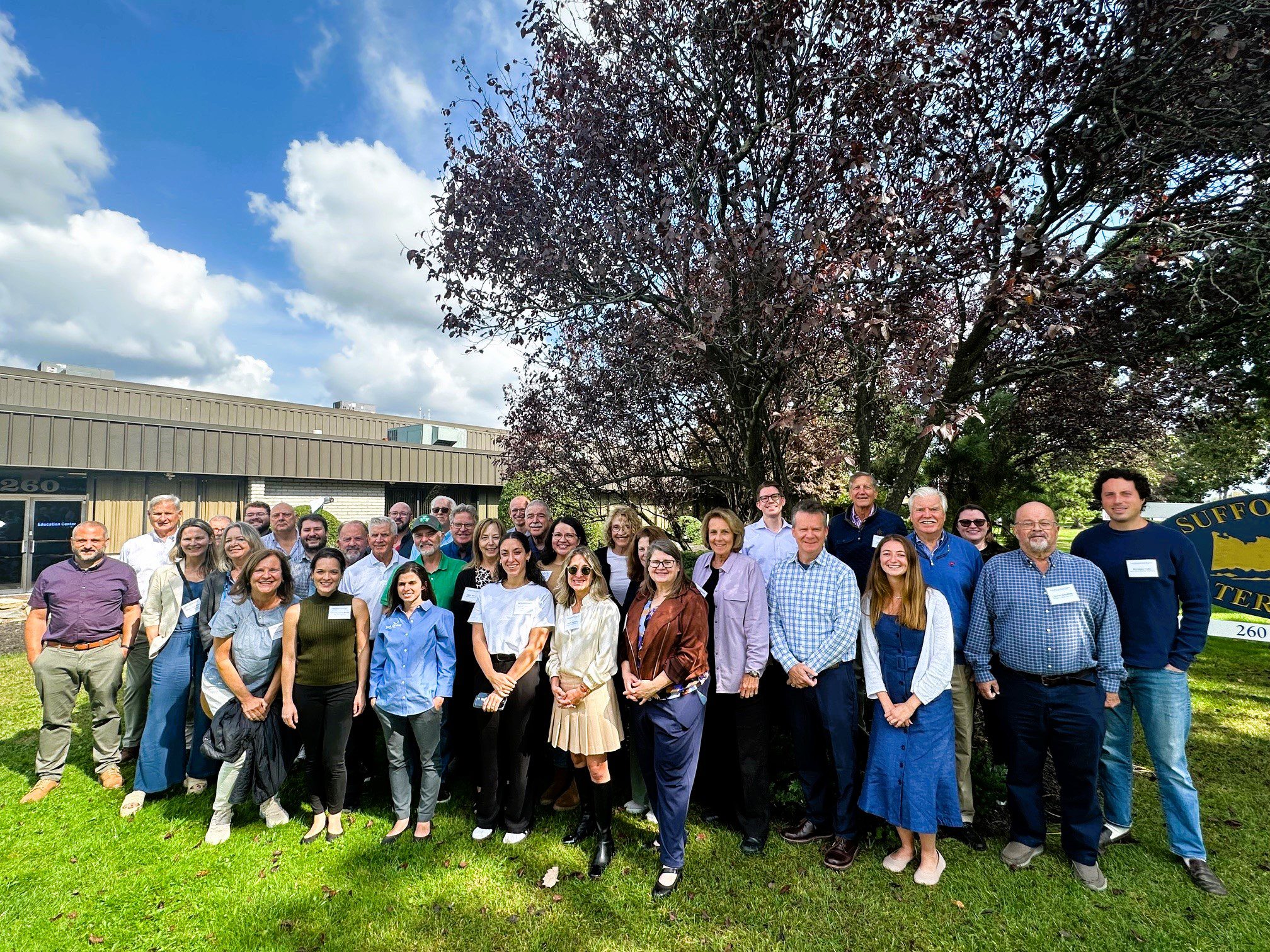
With funding from Long Island Sound Study and support from New York Sea Grant’s Sustainable and Resilient Communities Extension Professionals, Pace University’s Land Use Law Center brought its award-winning Land Use Leadership Alliance Training Program to Suffolk and Nassau municipalities within the Long Island Sound watershed. The training program consisted of three full-day workshops held in Hauppauge, NY that focused on the land use system, innovative approaches to sea level rise adaptation, hazard mitigation, and natural resource protection to strengthen community planning, regulation, and informed decision-making. 28 municipal staff and community leaders, representing 18 different Long Island Sound communities, completed the Program. Program graduates gained new networks of support, identified successful land use techniques, and developed implementation plans that will enable a more resilient future for their community and the Long Island Sound region.
The program comprised three full-day sessions on September 27, October 4, and October 18, 2024 at the Suffolk County Water Authority Education Center, 260 Motor Parkway in Hauppauge, NY.
If you are interested in learning more and participating in a future LULA training, please email lisresilience@gmail.com.
Training

With funding from Long Island Sound Study and support from New York Sea Grant’s Sustainable and Resilient Communities Extension Professionals, Pace University’s Land Use Law Center brought its award-winning Land Use Leadership Alliance Training Program to Suffolk and Nassau municipalities within the Long Island Sound watershed. The training program consisted of three full-day workshops held in Hauppauge, NY that focused on the land use system, innovative approaches to sea level rise adaptation, hazard mitigation, and natural resource protection to strengthen community planning, regulation, and informed decision-making. 28 municipal staff and community leaders, representing 18 different Long Island Sound communities, completed the Program. Program graduates gained new networks of support, identified successful land use techniques, and developed implementation plans that will enable a more resilient future for their community and the Long Island Sound region.
The program comprised three full-day sessions on September 27, October 4, and October 18, 2024 at the Suffolk County Water Authority Education Center, 260 Motor Parkway in Hauppauge, NY.
If you are interested in learning more and participating in a future LULA training, please email lisresilience@gmail.com.
Events
Join us as we visit the newly constructed living shoreline at Edith Read Sanctuary in Rye, New York. Project leaders from the Westchester County Planning and Parks Departments will guide a tour of the site and share behind-the-scenes project details. Lunch will follow where you will have the opportunity to engage in discussions with local nonprofit and community leaders. This field trip is part of a Community Resilience Project Showcase leading up to our 2024 Annual Sustainable and Resilient Communities Workshop.
Events
Join us as we visit the newly constructed living shoreline at Edith Read Sanctuary in Rye, New York. Project leaders from the Westchester County Planning and Parks Departments will guide a tour of the site and share behind-the-scenes project details. Lunch will follow where you will have the opportunity to engage in discussions with local nonprofit and community leaders. This field trip is part of a Community Resilience Project Showcase leading up to our 2024 Annual Sustainable and Resilient Communities Workshop.
Events
Join us as we visit the new bioretention/rain garden project in Hamden’s Town Center Park! Together with Save the Sound and the Town of Hamden, you will tour the site and learn behind-the-scenes project details. Then, you will attend presentations to consider more details and lessons learned, engage in discussions with community leader, and have the opportunity to workshop your own resilience project. This field trip is part of a Community Resilience Project Showcase leading up to our 2024 Annual Sustainable and Resilient Communities (SRC) Workshop.
Events
Join us as we visit the new bioretention/rain garden project in Hamden’s Town Center Park! Together with Save the Sound and the Town of Hamden, you will tour the site and learn behind-the-scenes project details. Then, you will attend presentations to consider more details and lessons learned, engage in discussions with community leader, and have the opportunity to workshop your own resilience project. This field trip is part of a Community Resilience Project Showcase leading up to our 2024 Annual Sustainable and Resilient Communities (SRC) Workshop.
Report
Level of Effort:
WEST COG developed this riparian zoning publication that is primarily focused on water quality, but also is highly relevant to climate mitigation.
Report
Level of Effort:
WEST COG developed this riparian zoning publication that is primarily focused on water quality, but also is highly relevant to climate mitigation.
Case Study
Mamaroneck, NY
Otter Creek Preserve is located along a three-mile stretch of coastline on Long Island Sound in Mamaroneck, NY. It contains 90% of the remaining productive salt marshes in Westchester County, and is an important site for migratory birds, marine life, and other wildlife. The 35-acre preserve is the largest privately-owned tidal wetland designated and protected as a nature sanctuary in Westchester County.
Following improvements made to the coastal forest and tidal marsh in 2015 and 2016 with support from the Westchester Community Foundation, in 2017 Westchester Land Trust (WLT) received NFWF LISFF funding to continue removing non-native trees, shrubs, and vines, replant with native species, and conduct expanded outreach and educational programming at the preserve.

Westchester Land Trust
403 Harris Road
Bedford Hills, NY 10507
www.westchesterlandtrust.org
Case Study
Mamaroneck, NY
Otter Creek Preserve is located along a three-mile stretch of coastline on Long Island Sound in Mamaroneck, NY. It contains 90% of the remaining productive salt marshes in Westchester County, and is an important site for migratory birds, marine life, and other wildlife. The 35-acre preserve is the largest privately-owned tidal wetland designated and protected as a nature sanctuary in Westchester County.
Following improvements made to the coastal forest and tidal marsh in 2015 and 2016 with support from the Westchester Community Foundation, in 2017 Westchester Land Trust (WLT) received NFWF LISFF funding to continue removing non-native trees, shrubs, and vines, replant with native species, and conduct expanded outreach and educational programming at the preserve.
Case Study
Increased development and the historic construction of a dam on Sunken Meadow Creek in the 1950’s led to reduced tidal exchange, increased water levels in the creek, poor water quality, and the proliferation of invasive species. In 2008 a number of partners (NYS OPRHP, NOAA, NYSDEC, LISS, TNC, Save the Sound, USFWS, LI Botanical Society) came together to work to restore the degraded marsh habitat around Sunken Meadow Creek, increase tidal flow, improve aquatic organism passage, limit invasives, and improve water quality. A restoration feasibility study was completed in 2010. In 2012 Superstorm Sandy blew out the dam on Sunken Meadow Creek, naturally kick-starting restoration. Following Superstorm Sandy, the project partners were able to quickly capitalize on available funding and grants, due to their prior planning efforts. A bridge was built across the Creek where the dam blew out, salt marsh habitat was restored at three locations, green infrastructure was installed in one of the parking areas to capture and treat stormwater runoff, fish passage feasibility on the creek was investigated, and education and outreach was conducted to thousands of people. These projects were completed in 2019. Now, with funding through Long Island Sound Futures Fund, Audubon NY is leading a large-scale marsh restoration project at Sunken Meadow Creek to restore important high-marsh habitat for at risk species, like the Saltmarsh Sparrow, and to increase the resilience of the marsh in the face of rising sea levels. Audubon will be working to finalize the designs and secure permits over the next two years, with on-the-ground restoration expected in 2026.



Sean Cruickshank Sean.Cruickshank@parks.ny.gov, Jon Vander Werff jvanderwerff@savethesound.org, Phoebe Clark phoebe.clark@audubon.org, Vicky O’Neill victoria.oneill@audubon.org
Case Study
Increased development and the historic construction of a dam on Sunken Meadow Creek in the 1950’s led to reduced tidal exchange, increased water levels in the creek, poor water quality, and the proliferation of invasive species. In 2008 a number of partners (NYS OPRHP, NOAA, NYSDEC, LISS, TNC, Save the Sound, USFWS, LI Botanical Society) came together to work to restore the degraded marsh habitat around Sunken Meadow Creek, increase tidal flow, improve aquatic organism passage, limit invasives, and improve water quality. A restoration feasibility study was completed in 2010. In 2012 Superstorm Sandy blew out the dam on Sunken Meadow Creek, naturally kick-starting restoration. Following Superstorm Sandy, the project partners were able to quickly capitalize on available funding and grants, due to their prior planning efforts. A bridge was built across the Creek where the dam blew out, salt marsh habitat was restored at three locations, green infrastructure was installed in one of the parking areas to capture and treat stormwater runoff, fish passage feasibility on the creek was investigated, and education and outreach was conducted to thousands of people. These projects were completed in 2019. Now, with funding through Long Island Sound Futures Fund, Audubon NY is leading a large-scale marsh restoration project at Sunken Meadow Creek to restore important high-marsh habitat for at risk species, like the Saltmarsh Sparrow, and to increase the resilience of the marsh in the face of rising sea levels. Audubon will be working to finalize the designs and secure permits over the next two years, with on-the-ground restoration expected in 2026.
Case Study
The Maidstone Landing Association, situated between Town of Riverhead Iron Pier Beach and Hallock State Park, wanted to take action to mitigate erosion of their bluff. First they worked with Town of Riverhead to put up signage and fencing to stop beachgoers from climbing and driving on or near the bluff, which was causing significant destruction. Next they opted for a small-scale, nature-based approach to help stabilize the bluff. They purchased snow fencing from Home Depot and native beachgrass from Long Island Natives. They engaged Riverhead Charter High School to help with putting up the snow fencing and the plantings. The Maidstone Landing Association is using their bluff as an “outdoor classroom” to teach students and the public about the importance of conserving our coastal habitats and best practices.


Tom Mohrman mustangtpm@gmail.com; Corey Humphrey corey.humphrey@suffolkcountyny.gov
Case Study
The Maidstone Landing Association, situated between Town of Riverhead Iron Pier Beach and Hallock State Park, wanted to take action to mitigate erosion of their bluff. First they worked with Town of Riverhead to put up signage and fencing to stop beachgoers from climbing and driving on or near the bluff, which was causing significant destruction. Next they opted for a small-scale, nature-based approach to help stabilize the bluff. They purchased snow fencing from Home Depot and native beachgrass from Long Island Natives. They engaged Riverhead Charter High School to help with putting up the snow fencing and the plantings. The Maidstone Landing Association is using their bluff as an “outdoor classroom” to teach students and the public about the importance of conserving our coastal habitats and best practices.
Case Study
Wilton, CT
Dana Dam (aka Strong Pond Dam) at Merwin Meadows Park in Wilton, CT was the first barrier to upstream fish migration from Long Island Sound on the Norwalk River. A series of dams along the Norwalk River (historically, and presently) prevented fish from reaching their historic spawning grounds, have posed safety risks, and disconnected the river from its natural floodplain. On September 11, 2023, demolition of this dam began! In addition to restoring habitat and allowing fish passage, the removal restored natural floodplain connectivity, realigned 200 feet of river channel away from an active railroad embankment, and removed a known safety hazard.



Alex Krofta, akrofta@savethesound.org
Case Study
Wilton, CT
Dana Dam (aka Strong Pond Dam) at Merwin Meadows Park in Wilton, CT was the first barrier to upstream fish migration from Long Island Sound on the Norwalk River. A series of dams along the Norwalk River (historically, and presently) prevented fish from reaching their historic spawning grounds, have posed safety risks, and disconnected the river from its natural floodplain. On September 11, 2023, demolition of this dam began! In addition to restoring habitat and allowing fish passage, the removal restored natural floodplain connectivity, realigned 200 feet of river channel away from an active railroad embankment, and removed a known safety hazard.
Case Study
New Haven, CT
The City of New Haven has installed 286 right-of-way bioswales throughout the city as part of a multifaceted approach to reducing flooding in the downtown area. Right-of-way bioswales are engineered planted areas that are located on sidewalks. They are designed to capture and infiltrate stormwater into the ground that would otherwise directly enter a storm drain. These bioswales were installed as the result of various partnerships and funding opportunities related to flood prevention, localized drainage solutions, combined sewer overflow mitigation, research, and traffic calming projects.
City of New Haven, Dept of Engineering
Urban Resources Initiative, EMERGE Inc., Save the Sound, Yale School of the Environment, and Quinnipiac University, among others.



Dawn Henning
dhenning@newhavenct.gov
475-434-1643
Case Study
New Haven, CT
The City of New Haven has installed 286 right-of-way bioswales throughout the city as part of a multifaceted approach to reducing flooding in the downtown area. Right-of-way bioswales are engineered planted areas that are located on sidewalks. They are designed to capture and infiltrate stormwater into the ground that would otherwise directly enter a storm drain. These bioswales were installed as the result of various partnerships and funding opportunities related to flood prevention, localized drainage solutions, combined sewer overflow mitigation, research, and traffic calming projects.
City of New Haven, Dept of Engineering
Urban Resources Initiative, EMERGE Inc., Save the Sound, Yale School of the Environment, and Quinnipiac University, among others.
Resources & Tools